Want to understand climate change? Look to the clouds.
Scientists are still uncovering the role clouds play in climate change

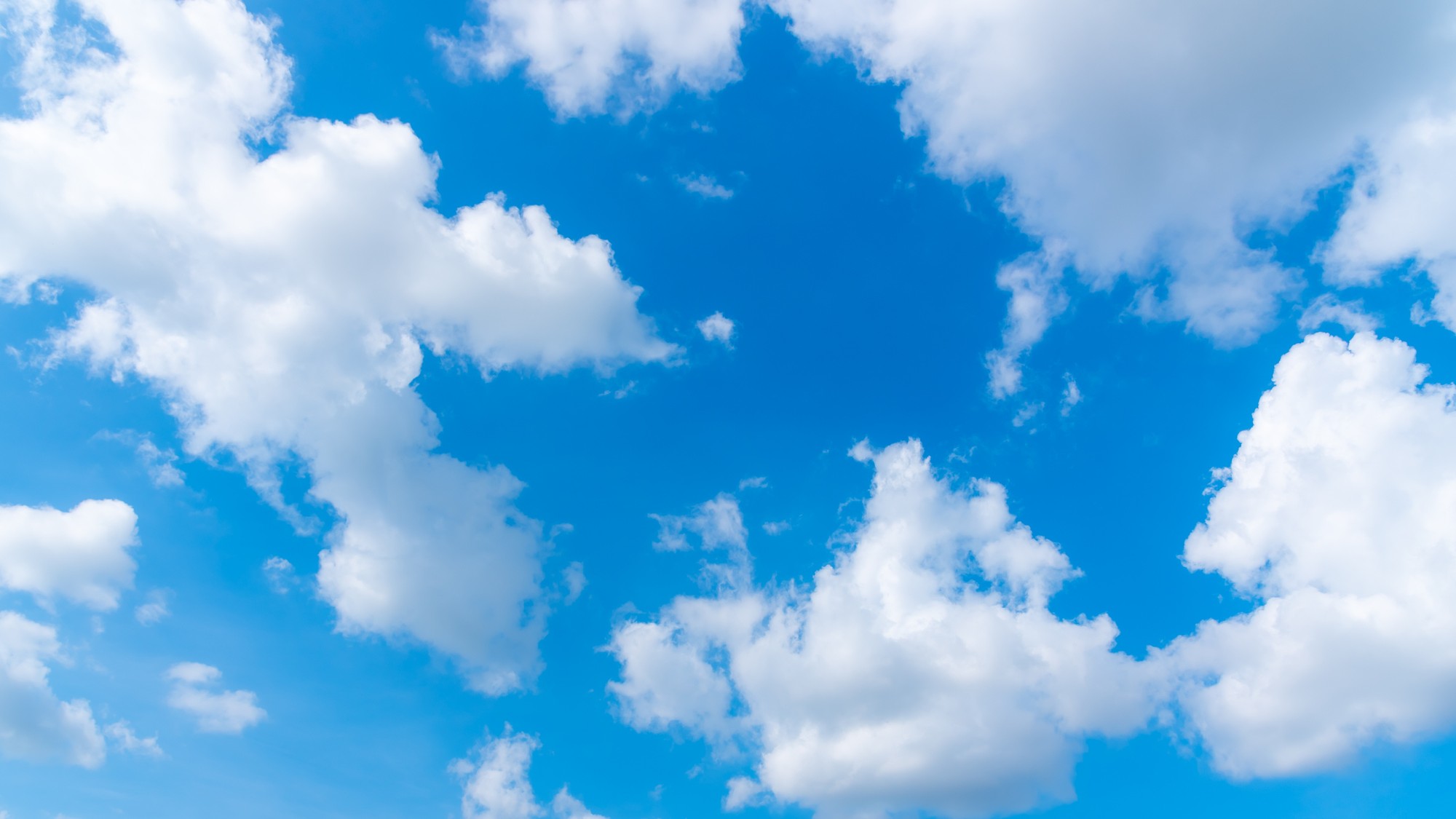
Scientists have long debated the role of clouds in climate change, with some arguing that they would make temperatures warmer while others arguing they might help cool the atmosphere. This is because clouds can both reflect sunlight and trap heat. “We have a really tough time simulating with any fidelity how clouds actually behave in the real world,” Timothy Myers, an atmospheric scientist at the University of Colorado, Boulder, told The Washington Post. However, experts have begun to uncover the influence clouds have on the climate.
How do clouds affect the climate?
Experts have found that clouds affect the climate in a variety of ways. Different cloud shapes play different roles in climate moderation. “Cirrus clouds — high, wispy clouds visible in the distant atmosphere on relatively clear days — absorb and trap more radiation, warming the Earth,” while “stratus or stratocumulus clouds — plump, fluffy clouds that often hover over the ocean on overcast days — reflect more sunlight, cooling the Earth,” per the Post.
Experts posit that clouds' role in climate change is greatly understated in most climate models. This is especially the case regarding warming temperatures in the Arctic, which have been increasing three to four times faster than the rest of the world. Polar-stratospheric clouds, also called mother-of-pearl clouds, are likely to blame for the faster warming. “Just like greenhouse gases, they absorb infrared radiation emitted by the Earth’s surface and re-emit a portion of this energy back to the surface,” the authors of a study analyzing the effect of the clouds, wrote in The Conversation. “And their effect could be significant, especially in winter, when the sun does not rise.”
The Week
Escape your echo chamber. Get the facts behind the news, plus analysis from multiple perspectives.

Sign up for The Week's Free Newsletters
From our morning news briefing to a weekly Good News Newsletter, get the best of The Week delivered directly to your inbox.
From our morning news briefing to a weekly Good News Newsletter, get the best of The Week delivered directly to your inbox.
The lack of data on clouds also translates to understating the impact of trees on the climate. Plants help cloud formation. “When plants emit gases that form aerosol particles (meaning particles suspended in the atmosphere), they help form cloud seeds,” NPR explained. “These particles can come from human pollution, or from natural sources like sea spray and dust.” As a result, “half of Earth’s cloud cover forms around stuff like sand, salt, soot, smoke, and dust,” while “the other half nucleates around vapors released by living things or machines, like the sulfur dioxide that arises from burning fossil fuels,” per Wired.
What researchers do know is that “clouds are so influential on the Earth’s climate already,” and “even small changes in clouds as the world warms can have large effects on future temperature change,” per the Post.
What are the worries?
While clouds can contribute to climate change, cloud formation is also affected by climate change. As the Earth warms, clouds become scarcer. “With fewer white surfaces reflecting sunlight back to space, the Earth gets even warmer, leading to more cloud loss,” Wired wrote. “This feedback loop causes warming to spiral out of control.” Specifically, the disappearance of the fluffy stratocumulus clouds could inhibit some of the Earth’s ability to reflect sunlight back and cool itself, causing the climate to go “over a cliff,” Kerry Emanuel, a climate scientist at the Massachusetts Institute of Technology, told the outlet.
Numerous models have depicted scenarios of warming due to human activity. However, those taking into account cloud cover show a variety of potential outcomes with some less sensitive models showing two degrees Celsius of warming over pre-industrial levels and some of the more sensitive models going as high as four or five degrees. “The thing that really freaks people out is this upper end here,” Kate Marvel of the NASA Goddard Institute for Space Studies, told Wired. “To put that in context, the difference between now and the last ice age was 4.5 degrees.”
A free daily email with the biggest news stories of the day – and the best features from TheWeek.com
Devika Rao has worked as a staff writer at The Week since 2022, covering science, the environment, climate and business. She previously worked as a policy associate for a nonprofit organization advocating for environmental action from a business perspective.
-
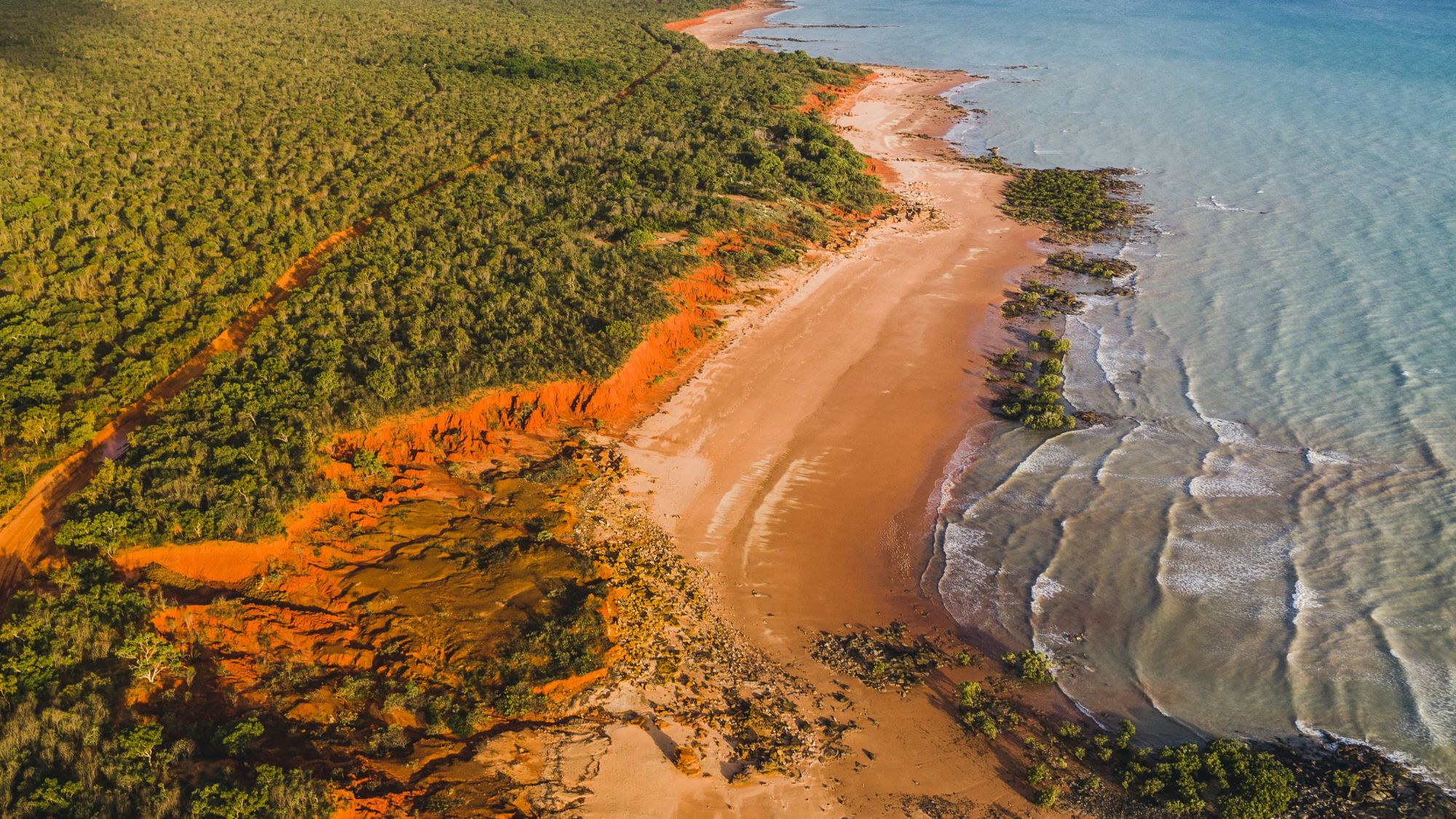 A luxury walking tour in Western Australia
A luxury walking tour in Western AustraliaThe Week Recommends Walk through an ‘ancient forest’ and listen to the ‘gentle hushing’ of the upper canopy
-
 What Nick Fuentes and the Groypers want
What Nick Fuentes and the Groypers wantThe Explainer White supremacism has a new face in the US: a clean-cut 27-year-old with a vast social media following
-
 5 highly amusing cartoons about rising health insurance premiums
5 highly amusing cartoons about rising health insurance premiumsCartoon Artists take on the ACA, Christmas road hazards, and more
-
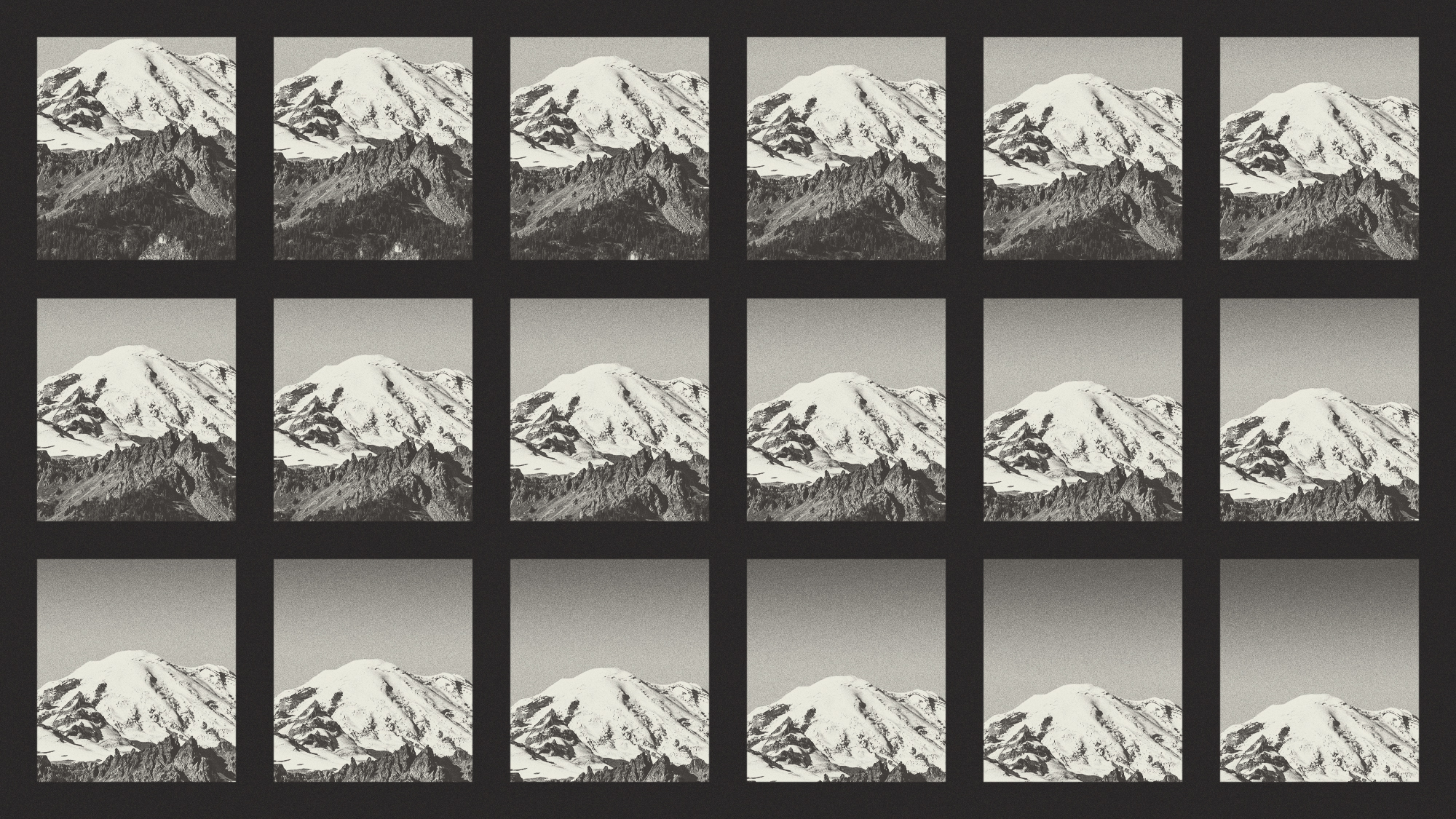 Crest falling: Mount Rainier and 4 other mountains are losing height
Crest falling: Mount Rainier and 4 other mountains are losing heightUnder the radar Its peak elevation is approximately 20 feet lower than it once was
-
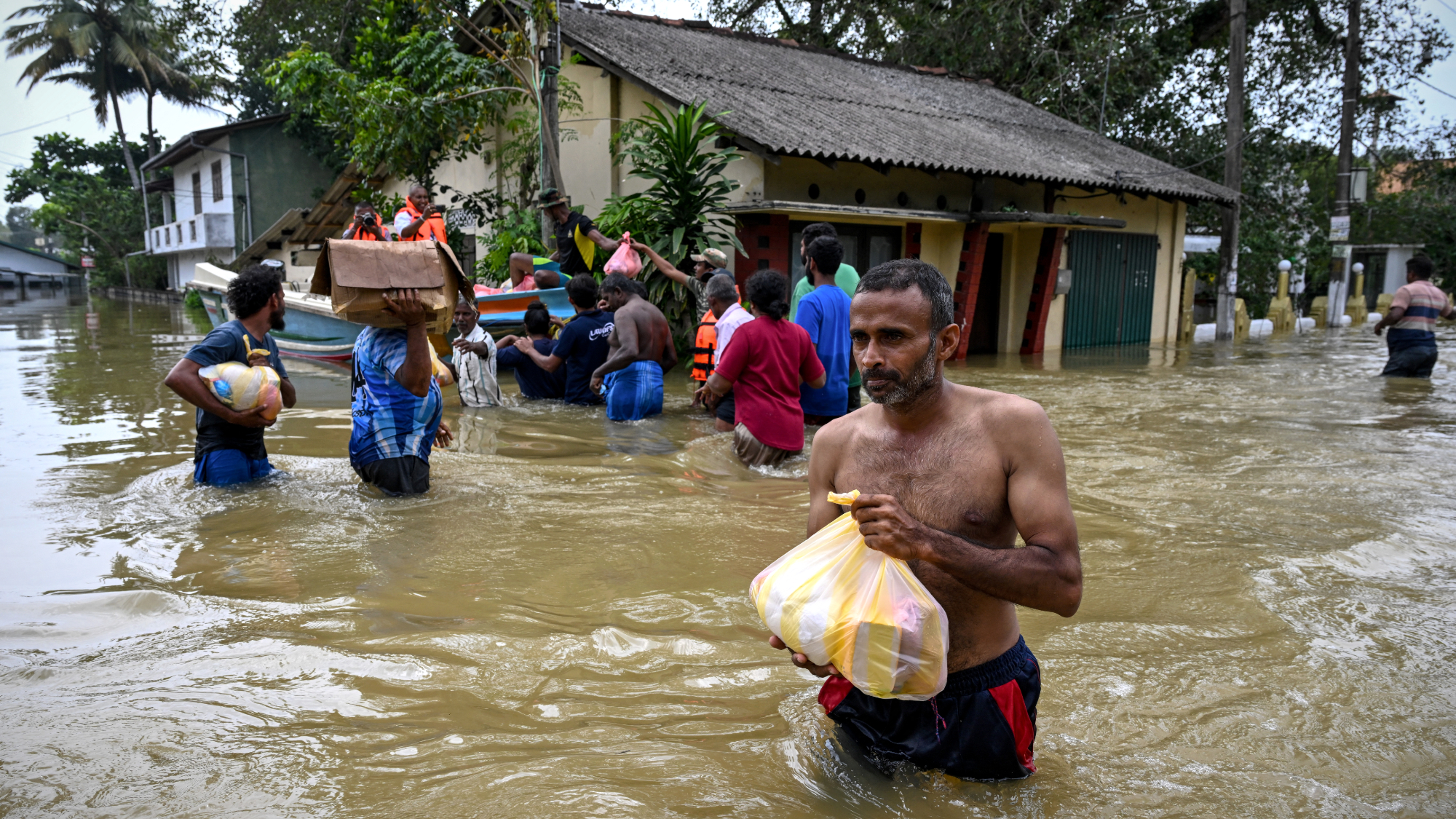 Death toll from Southeast Asia storms tops 1,000
Death toll from Southeast Asia storms tops 1,000speed read Catastrophic floods and landslides have struck Sri Lanka, Indonesia, Thailand and Malaysia
-
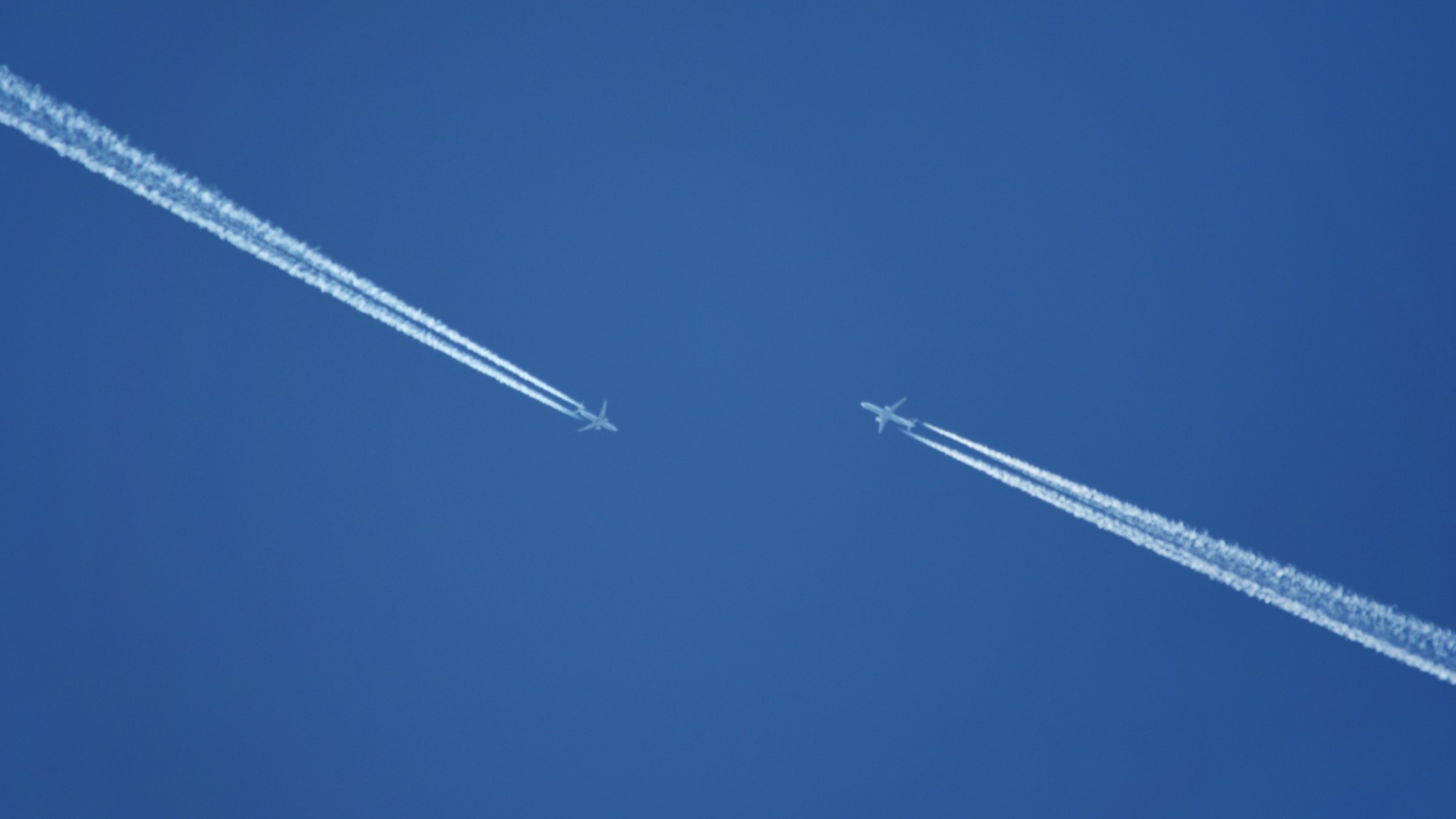 Can for-profit geoengineering put a pause on climate change?
Can for-profit geoengineering put a pause on climate change?In the Spotlight Stardust Solutions wants to dim the sun. Scientists are worried.
-
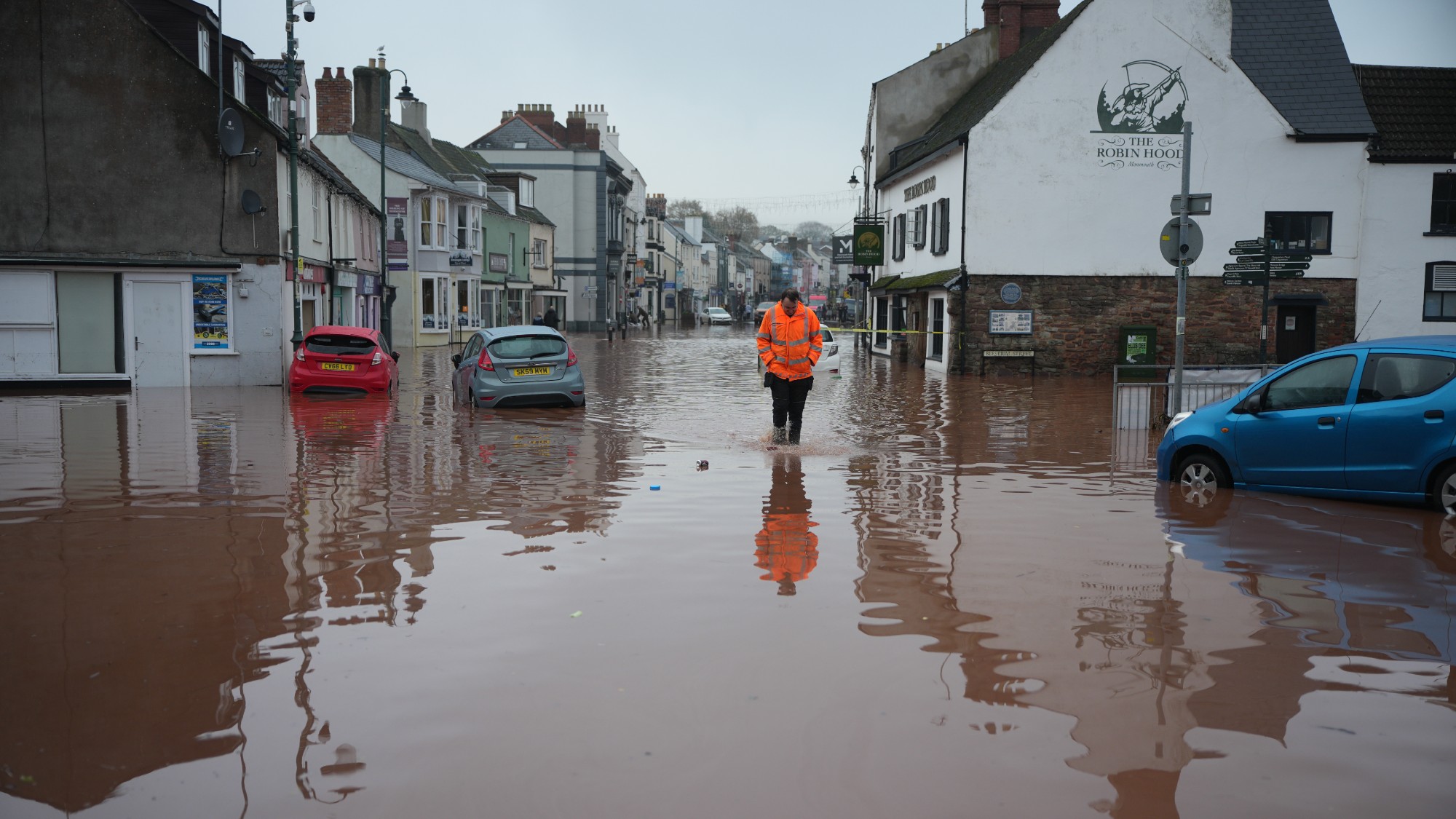 How will climate change affect the UK?
How will climate change affect the UK?The Explainer Met Office projections show the UK getting substantially warmer and wetter – with more extreme weather events
-
 Can the UK do more on climate change?
Can the UK do more on climate change?Today's Big Question Labour has shown leadership in the face of fraying international consensus, but must show the public their green mission is ‘a net benefit, not a net cost’
-
 Did Cop30 fulfil its promise to Indigenous Brazilians?
Did Cop30 fulfil its promise to Indigenous Brazilians?Today’s Big Question Brazilian president approves 10 new protected territories, following ‘unprecedented’ Indigenous presence at conference, both as delegates and protesters
-
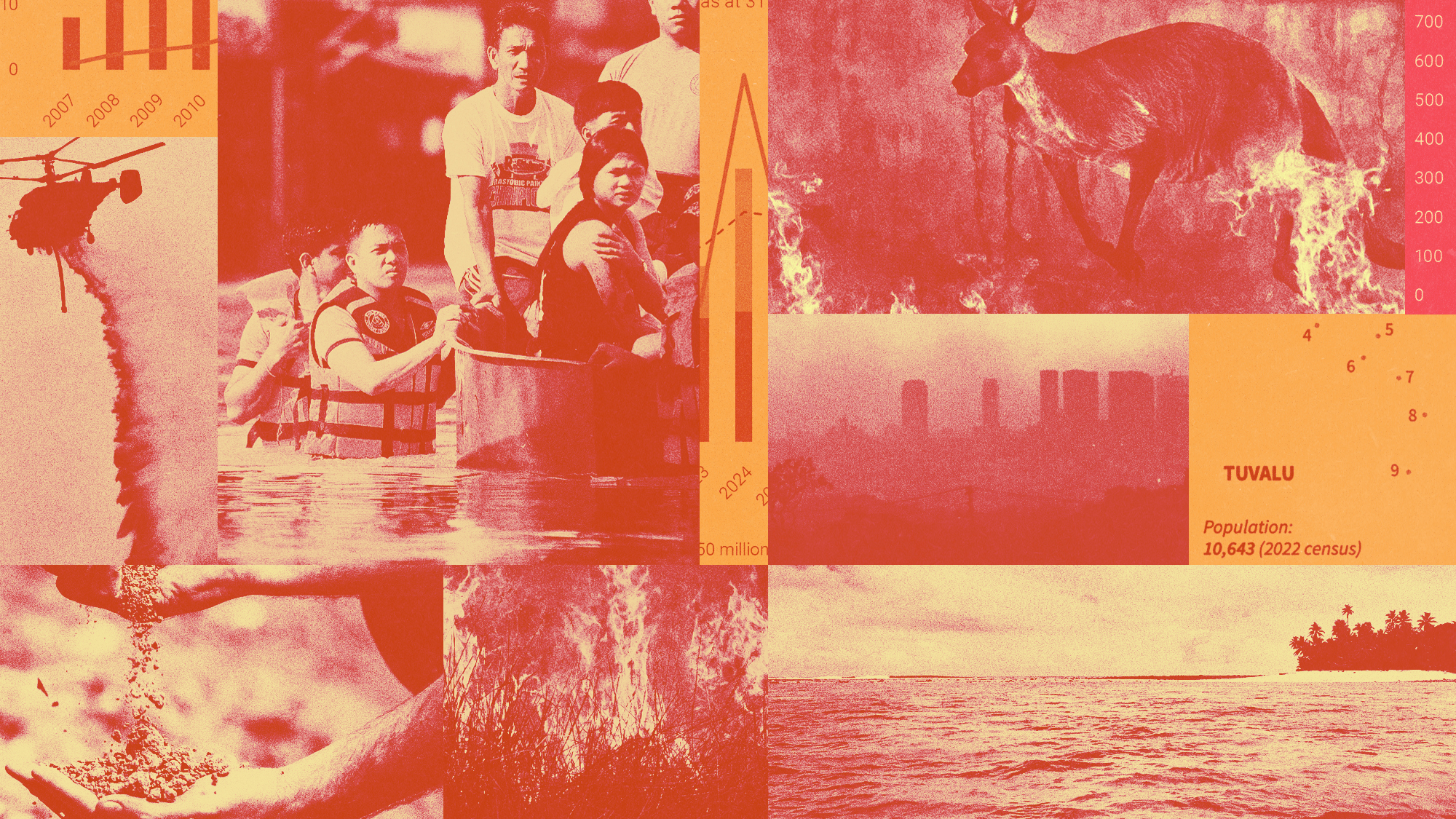 Can the world adapt to climate change?
Can the world adapt to climate change?Today's Big Question As the world gets hotter, COP30 leaders consider resilience efforts
-
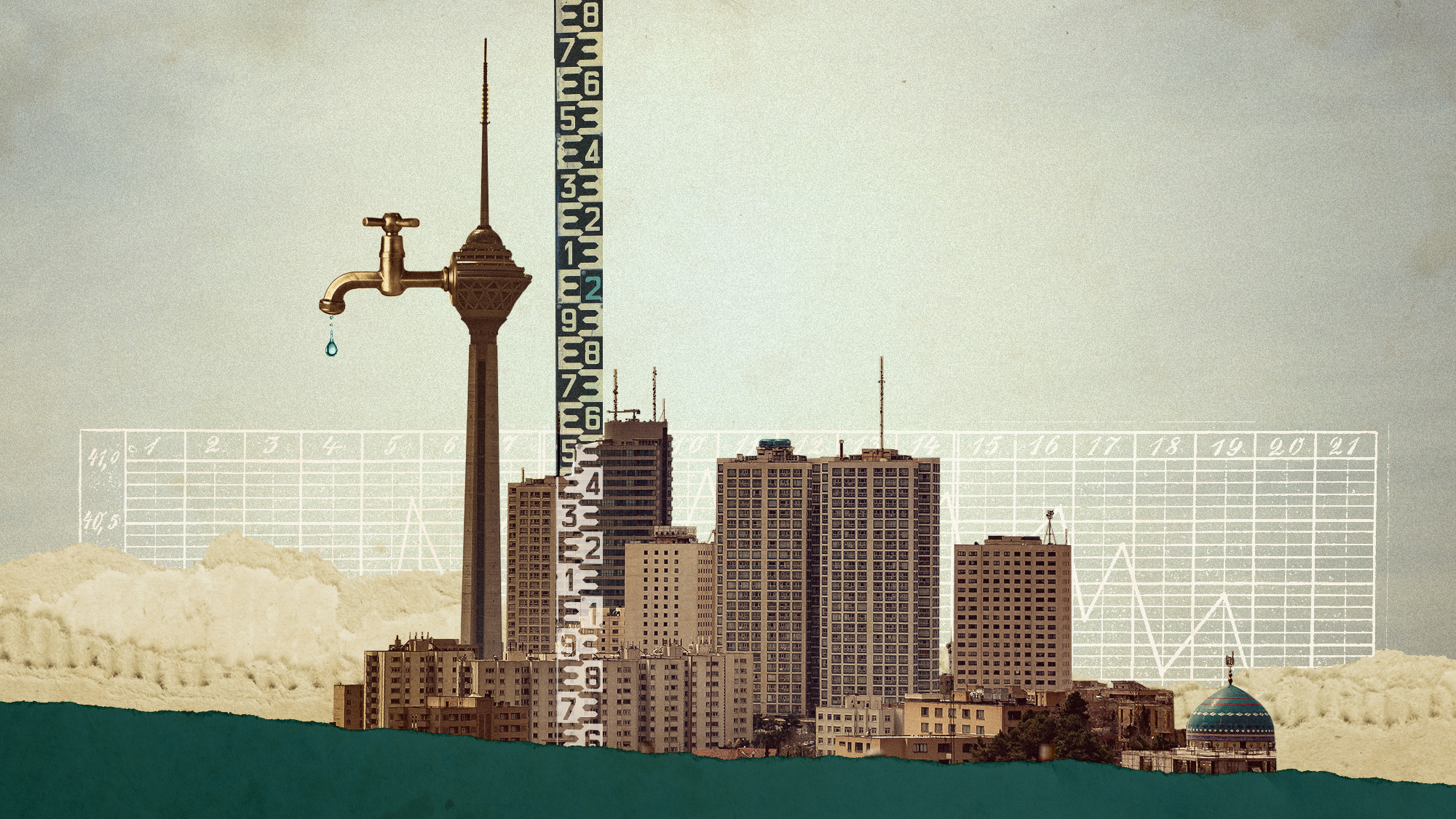 Taps could run dry in drought-stricken Tehran
Taps could run dry in drought-stricken TehranUnder the Radar President warns that unless rationing eases water crisis, citizens may have to evacuate the capital
